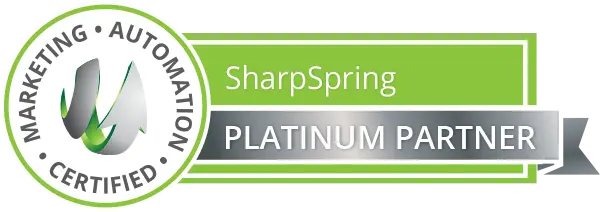Irritating system updates often protect your computer
Q: I have been getting the Windows notification for an update called “Security Update for Microsoft Visual C++ 2005 Service Pack 1 Redistributable Package (KB2538242).” I run the update and get a notification that it installed, but within a minute, I get the notification to install it again. Why is this happening, and what can I do to eliminate this problem?
Doug J., Raleigh
A: Even though they’re automatic, system updates are often a mildly irritating part of owning a computer, whether it’s a Mac or a PC. But it’s almost always crucial to apply these patches to protect your system from vulnerabilities.
This update is not one of those cases, according to Paul, owner of the Chapel Hill computer repair shop. “Microsoft originally acknowledged that this update had a problem almost a year ago and was supposed to issue a fix, but what happens is that for some folks, it gets stuck in the update queue and tries to install over and over again,” Rosenberg said in an email.
In Windows 7 and Vista, click the “Start” button and “All Programs.” Click “Windows Update” and check for new updates. After the program runs its check, view the available updates under “Install updates.” You can then disable the notifications by right clicking and selecting “Hide Update.”
If you’d rather not ignore the problem, Craig Petronella, president of Petronella Computer Consultants in Raleigh-Durham and Apex, NC says you can also delete it and reinstall manually. Select the Control Panel from the “Start” menu and click “Uninstall a Program.” View the installed updates to narrow down your search and find “KB2538242,” then uninstall it. After restarting your machine, you can download the update from Microsoft’s Download Center.
Other troublesome updates can also be squelched this way – just make sure the update’s not critical before you ignore it.
Q: My computer was once a part of an office network. When I moved the computer home, I disconnected it from the office network (which is turned off now and no longer being used). Whenever I attempt to add a program or delete one, I am told I can’t because I am not the administrator. I can’t figure out how to log on as administrator. Help!
Florence L., Chapel Hill, NC
A: Many versions of Windows initially set up for multiple users (or an office network) have the administrator account hidden by default for security purposes. To access it, you’ll need to restart your computer in safe mode by rapidly pressing F8 while your system is booting up.
This allows you to log in as an administrator and give your own user account administrative rights, which you’ll need to make changes to programs and access other settings.
Of course, this is all assuming you have the password to the administrator account. If you don’t, things might get tricky.
Microsoft’s official policy is not to allow any of its support staff to help customers retrieve passwords, even if they’re lost or forgotten. The same policy stipulates that for legal reasons, they also can’t endorse any third-party solutions for wrenching these passwords from the bowels of your system.
These solutions certainly exist, but as Microsoft advises, you should use them at your own risk.
One solution is to reformat your hard drive and reinstall your operating system from scratch (setting an administrator password in the process), but you’ll need to create a backup of your files to avoid losing them.
That may or may not be worth it to you. But according to IBM Distinguished Engineer and IT Security Architect Jeff Crume, there are benefits to working without administrative privileges.
Limiting your own access means keeping potential damage by malware to a minimum, since in most cases viruses can’t perform any action not available to the user.
Forcing users to log on to administrator accounts for certain tasks also allowed older versions of Windows to prevent unintended changes to the system. Newer operating systems have streamlined this approach (both Windows 7 and Mac OS X, for example, prompt for administrator passwords), but the underlying concept is the same.
“The safest practice was to do most of your work under a non-administrator account,” Crume said in an email. “It’s a lot simpler to just log in as an administrator every time, but it’s also a fair bit riskier to do so.”
Send technology questions to help@petronellatech.com. Please include your name, city and daytime phone number. Sorry, we can’t answer every question.






